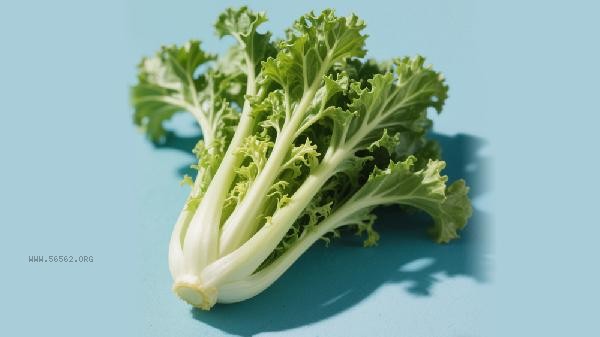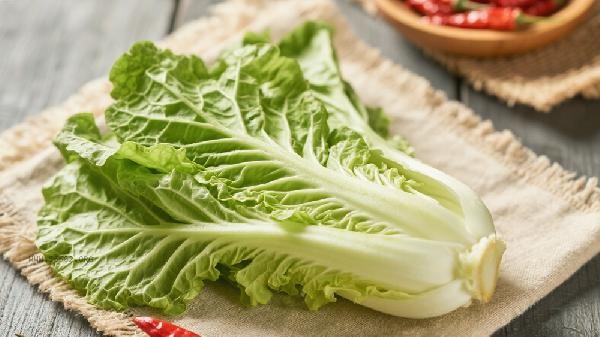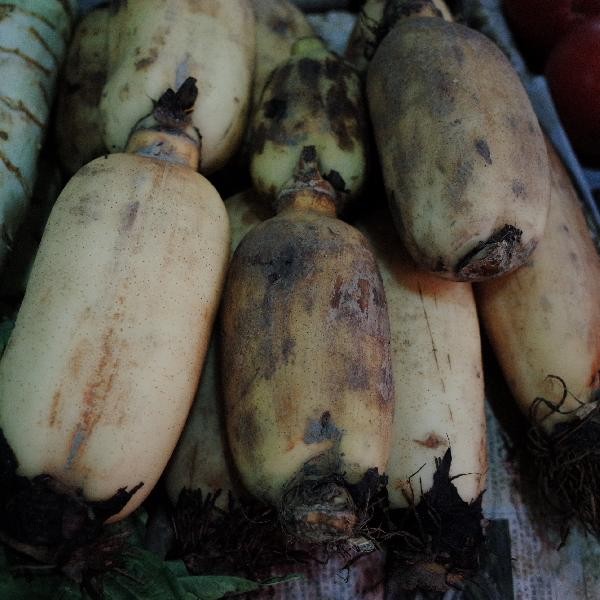The bitterness of mustard shreds can be improved by blanching, sugar pickling, pairing with acidic ingredients, extending the pickling time, and stir frying at high temperatures. The bitterness mainly comes from the glucosinolates in mustard greens, and proper treatment can effectively reduce the bitterness.

1. Blanching treatment
Quickly blanch the sliced mustard greens in boiling water, and add a small amount of salt or cooking oil to the water. High temperature can dissolve some bitter substances in water and destroy the enzyme activity that causes bitterness. The blanching time should be controlled within 30 seconds. After removing, immediately rinse with cold water to maintain a crispy and tender taste. This method is suitable for subsequent cold dishes or quick stir frying cooking.
2. Sugar Neutralization
When pickling, add an appropriate amount of white sugar or honey according to the weight of mustard greens. Sugar can react with bitter substances to reduce taste sensitivity. It is recommended to mix 500g of shredded mustard greens with 20g of sugar, seal and refrigerate for several hours after mixing. The process of sugar soaking also promotes the water leakage of mustard greens, further diluting the bitter components, making it suitable for making sweet and spicy side dishes.
3. Acidic pairing
Add acidic ingredients such as white vinegar, lemon juice, or tomatoes to adjust the acid-base balance. Acidic environment can transform the structure of some glucosinolates and reduce their bitterness characteristics. When making cold dishes, 1-2 tablespoons of vinegar can be added according to taste. When stir frying, pour in a little lemon juice to enhance freshness and remove bitterness. The acidic ingredients can also help maintain the crisp texture and emerald green color of mustard greens.

4. Extended fermentation
When making traditional pickled vegetables, extending the sealed fermentation time will gradually break down bitter precursor substances in the metabolism of lactic acid bacteria. Fermentation should be maintained at room temperature for more than 7 days, during which attention should be paid to avoiding light and regular venting. The organic acids and alcohols produced by fermentation can form a special flavor, and the transformed mustard shreds have a reduced bitterness and a unique mellow aroma, making them suitable as appetizers.
5. High temperature stir frying
Quickly stir fry shredded mustard with high heat, and high temperature promotes the evaporation of volatile bitter components. Paired with spices such as minced garlic and dried Sichuan peppercorns, the oil can encapsulate bitter molecules and reduce taste perception. It is recommended to use high smoke point vegetable oil, maintain sufficient cooking air throughout the process, and stir fry for no more than 3 minutes. This method can maximize the retention of nutrients while improving taste.

Daily consumption of mustard greens should pay attention to freshness and choose tender stem parts with full leaves and no yellow spots. Excessive bitterness may indicate prolonged storage or poor growth environment. It is recommended to pair with foods rich in vitamin C, such as colored peppers and kiwifruit, to promote iron absorption. gastrointestinal sensitive individuals should control their single intake, and pay attention to the risk of nitrite in pickled foods. It is recommended to pair them with antioxidant ingredients such as garlic and green tea. If the above methods still cannot accept the bitterness, you can switch to eating cruciferous vegetables such as mustard or broccoli with lighter bitterness.








Comments (0)
Leave a Comment
No comments yet
Be the first to share your thoughts!